Driving Innovation in the Malaysian Automotive Industry
3D Printing & 3D Scanning Automative Industry in Malaysia
The Malaysian automotive industry stands at the forefront of technological advancement in the region, with 3D printing and 3D scanning emerging as pivotal catalysts for its ongoing transformation. These cutting-edge technologies are instrumental in elevating design, prototyping, manufacturing, and quality control processes across the industry.
Understanding 3D Printing
3D printing, also referred to as additive manufacturing, is the process of crafting three-dimensional objects from digital models. It operates by depositing material layer by layer until the desired object takes shape. This versatile technology has the capacity to fabricate a broad spectrum of objects, ranging from simple prototypes to intricate end-use components.
Exploring 3D Scanning
3D scanning is the method of capturing digital data from physical objects to generate 3D models. Utilizing laser technology or other light sources, it meticulously scans the object’s surface, collecting comprehensive data regarding its form and dimensions. This data is subsequently harnessed to construct a precise digital representation of the object.
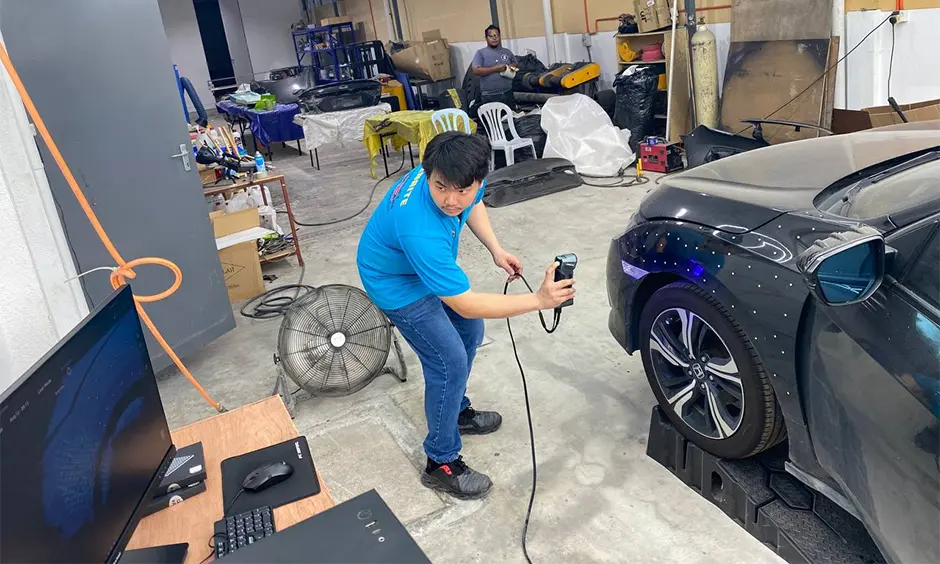
The integration of 3D printing and 3D scanning within the Malaysian automotive industry yields a multitude of advantages, including:
Cost Reduction: Embracing 3D printing and 3D scanning can significantly lower expenses by eliminating the necessity for expensive tooling and enabling on-demand part production.
Performance Enhancement: These technologies facilitate the creation of lightweight and intricate components, often unattainable through traditional manufacturing methods. This translates into improved vehicle performance and efficiency.
Innovation Acceleration: The swift and straightforward generation of prototypes and experimentation with new concepts is made possible by 3D printing and 3D scanning. Consequently, innovation cycles are expedited, and novel products can be swiftly introduced to the market.
Customization Enhancement: Leveraging 3D printing and 3D scanning allows for the fabrication of bespoke components tailored to individual vehicles. This empowers automakers to better address customer needs and provide more personalized product offerings.

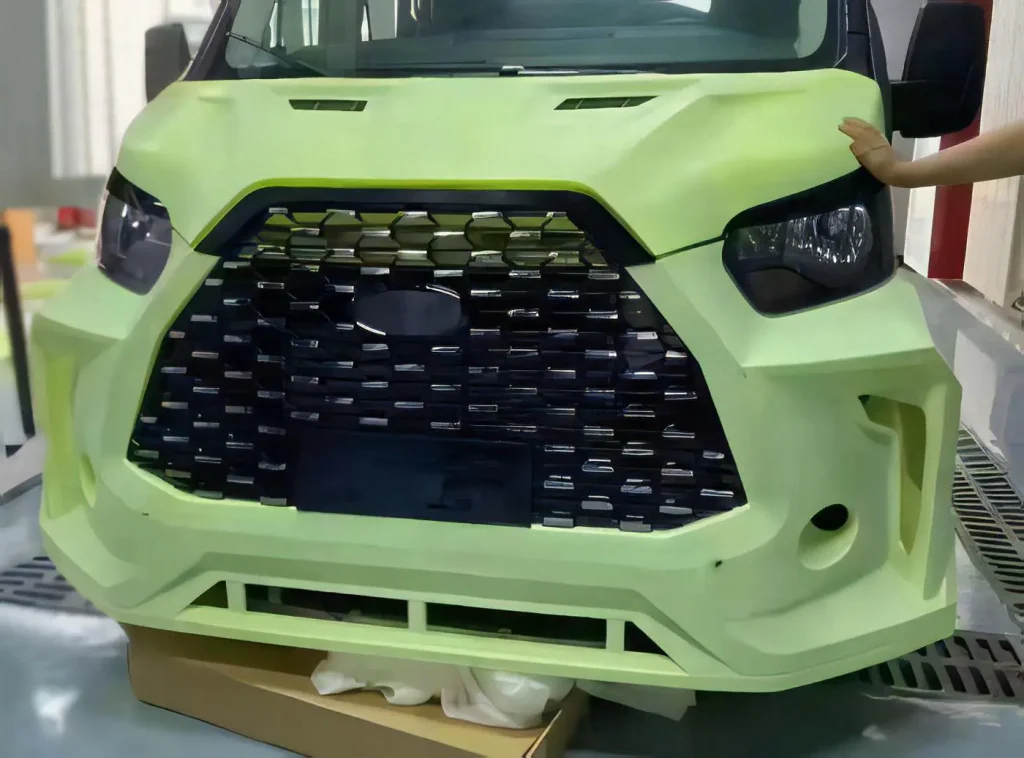
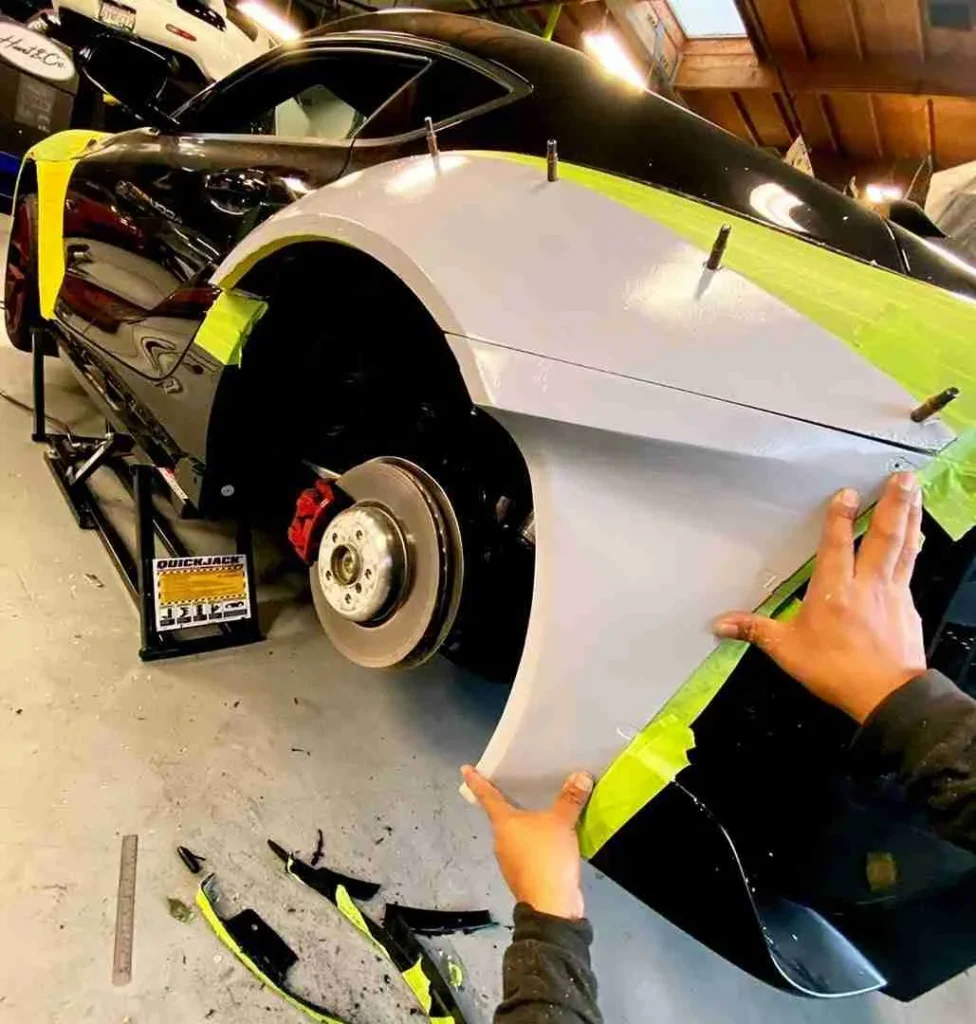
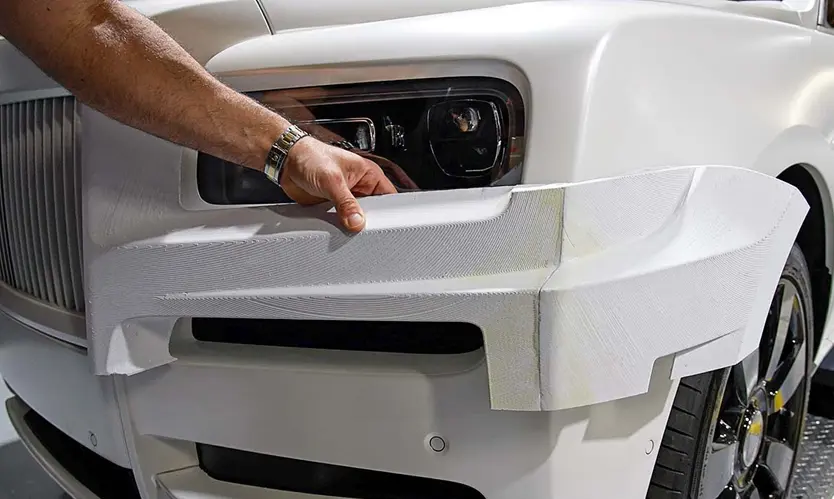
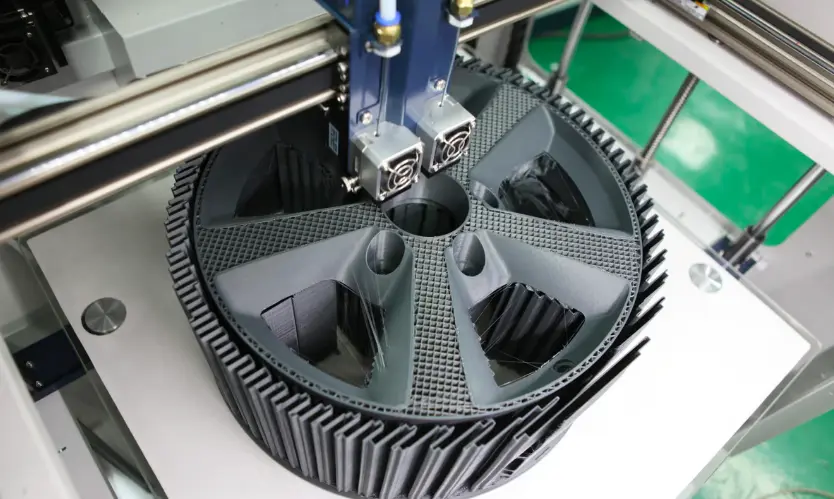
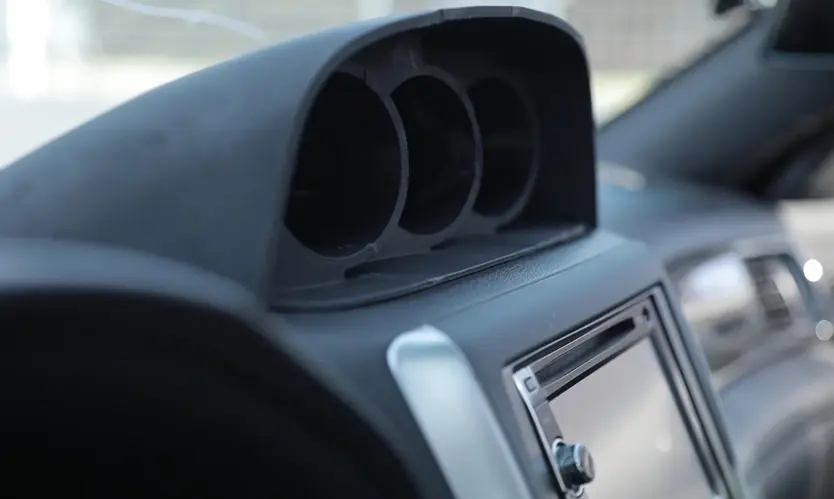
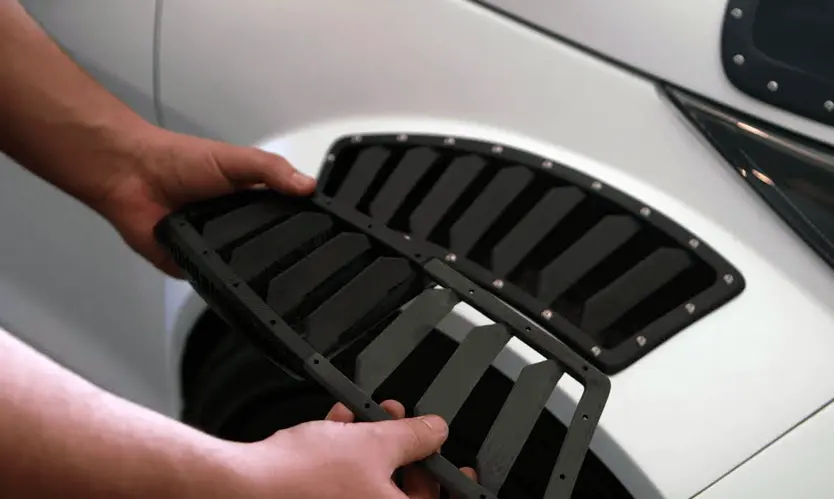
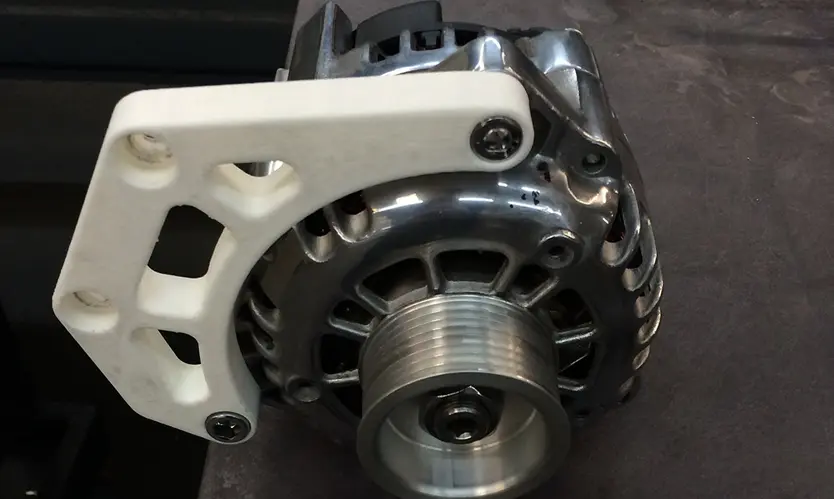
Prototyping: 3D printing serves as a rapid and cost-effective avenue for crafting prototypes of new vehicles and components. Designers can swiftly assess and refine their designs before proceeding to full-scale production.
Manufacturing: 3D printing is not limited to prototyping; it is also employed in the production of end-use parts for diverse automotive needs. For instance, Proton employs 3D printing to manufacture lightweight fuel injectors for their vehicles, while Boustead Heavy Industries utilizes this technology to craft tailor-made tools and fixtures.
Repair and Maintenance: 3D printing emerges as a practical solution for repairing or replacing damaged vehicle parts. This proves especially beneficial for older vehicles or those featuring custom components.
Reverse Engineering: The capabilities of 3D scanning are harnessed to generate digital models of existing parts, enabling reverse engineering processes. This proves invaluable for crafting replacement components for discontinued vehicles or gaining insights into the manufacturing methods employed.
Quality Control: 3D scanning is enlisted to meticulously inspect the precision and quality of manufactured parts. This quality control measure ensures that components align with the specified requirements and are devoid of defects, ensuring superior product quality and reliability. Explore how 3D printing and 3D scanning are transforming the landscape of the Malaysian automotive industry across these diverse applications.
In the ever-evolving landscape of the automotive industry, 3D printing and 3D scanning have emerged as transformative tools. These technologies have accelerated innovation, improved design and manufacturing processes, and enhanced the overall customer experience. From rapid prototyping to localized spare parts production, the benefits are numerous. 3D printing has allowed for greater customization, lightweighting, and sustainability, while 3D scanning has improved quality control and reverse engineering. As these technologies continue to advance, they are set to play an even more significant role in the automotive industry, promising a future where vehicles are not only safer and more efficient but also more tailored to individual needs. The road ahead is marked by endless possibilities, where 3D printing and 3D scanning continue to steer the automotive industry towards a brighter, more innovative horizon.